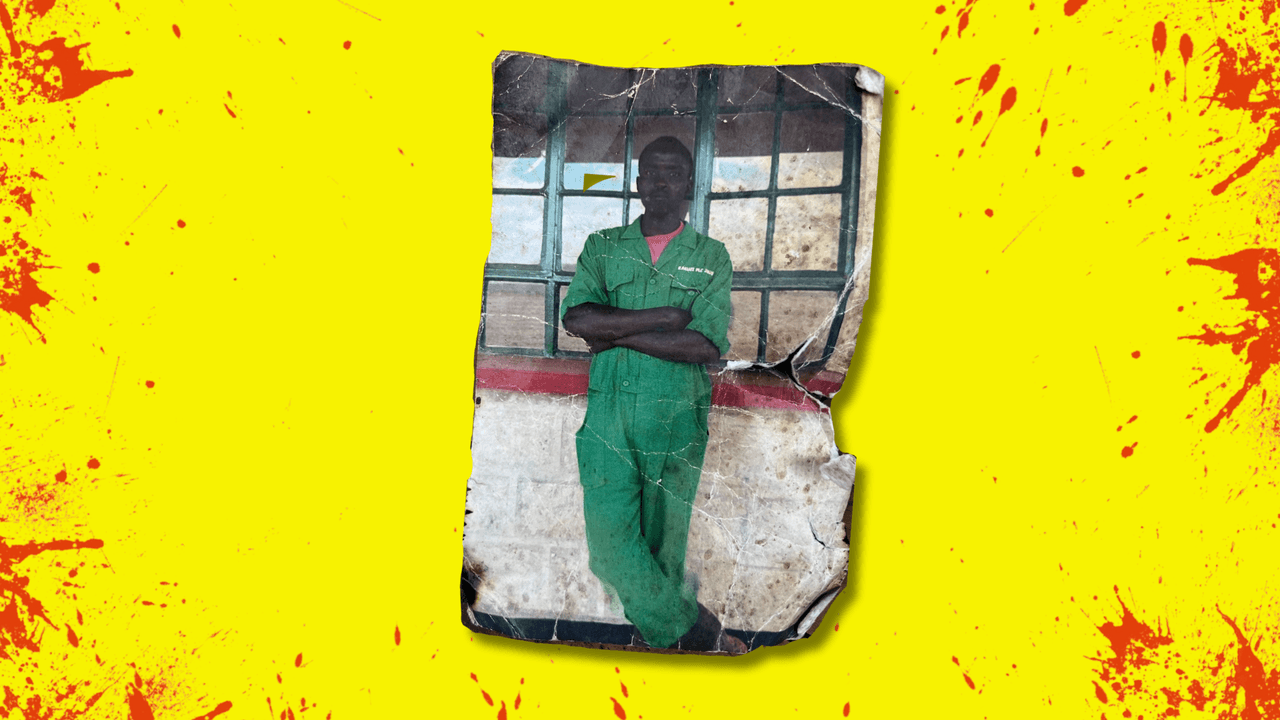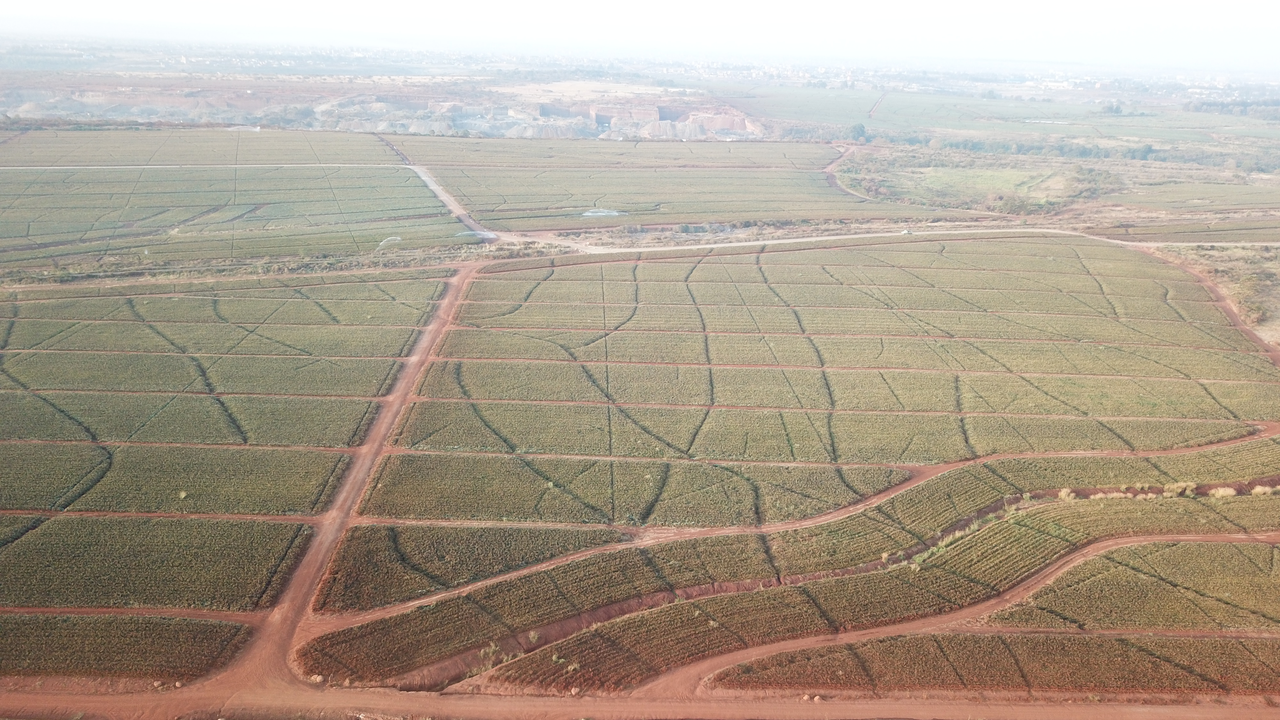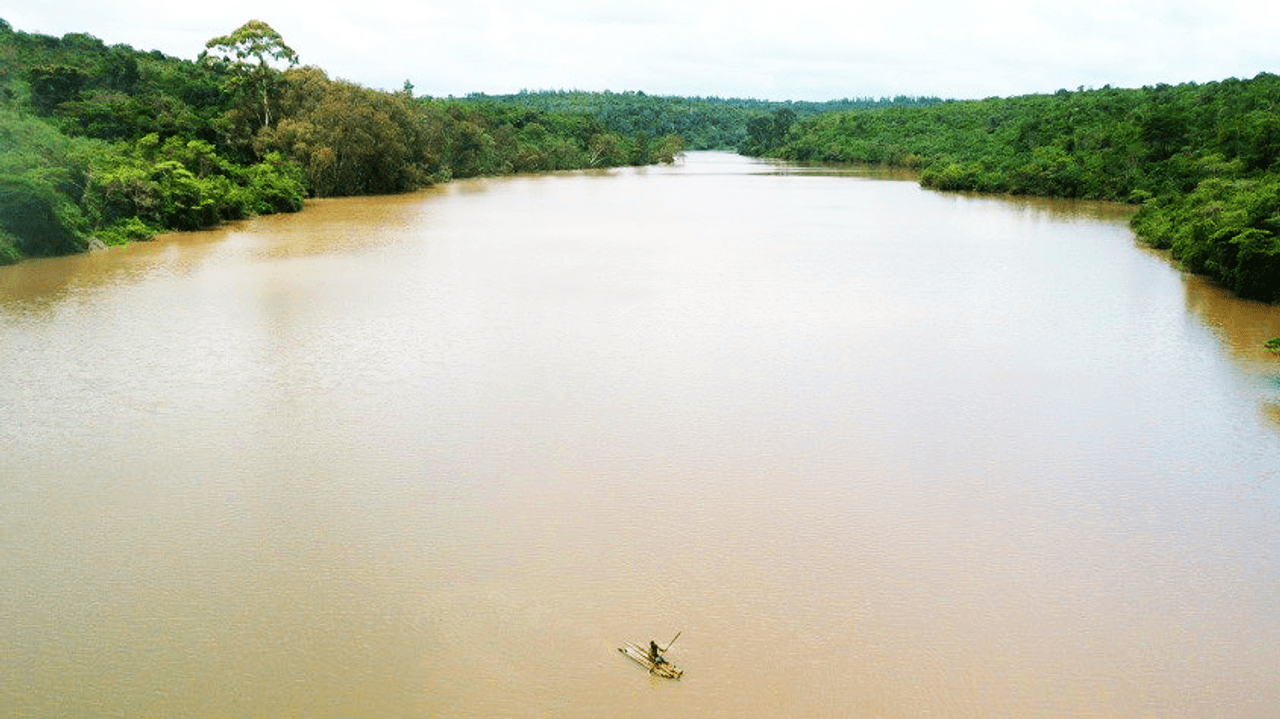
Human rights investigation into new death on Del Monte pineapple farm
Content warning: contains graphic descriptions of violence and injury
Kenya’s human rights commission is investigating the death of a man whose body was found last month in a dam on a pineapple farm owned by the multinational food company Del Monte.
Two postmortem reports stated the cause of death to be drowning but questions have been raised over the legitimacy of the process, a joint investigation by the Bureau of Investigative Journalism (TBIJ) and the Guardian can reveal. One of the reports was paid for by Del Monte.
The questions come with the farm already at the centre of a human rights investigation after TBIJ and the Guardian uncovered numerous allegations of violence by its guards, including six killings, spanning the course of a decade. The law firm Leigh Day also wrote to Del Monte detailing 146 alleged incidents involving 134 locals.
The body of 25-year-old Peter Mutuku Mutisya was retrieved from a dam on Del Monte’s huge pineapple farm in Thika, central Kenya, on 17 November after he had been missing for several days. A postmortem took place at the local hospital on 22 November. One postmortem report, approved by the police’s Directorate of Criminal Investigations, identified the cause of death as drowning and stated that there was no obvious evidence of external injury.
Del Monte also commissioned a private consultant pathologist to produce a second report. This one also concluded that Mutisya had drowned, and went further in saying: “NO evidence of involvement of person (third party) into the death of this person since there were no injuries seeen [sic] during post mortem examination” [emphasis theirs].
TBIJ and the Guardian have seen copies of both reports.
The Kenya National Commission on Human Rights, the country’s human rights body, told TBIJ that Mutisya’s death is under “active investigation”. Bernard Mogesa, its chief executive, said it is working to “uncover the truth [and] hold those responsible accountable for any unlawful actions”. The commission had previously launched an investigation into allegations of killings and assaults on the farm following TBIJ and the Guardian’s reporting in June.
Del Monte told TBIJ: “According to the postmortem report that was approved by the Directorate of Criminal Investigations Officer and four different doctors – all of whom were present during the postmortem – the individual died by drowning, and there were no indications of foul play.” The company did not mention the second report.
Due process?
The Kenya Human Rights Commission (KHRC), a non-governmental group, said it is also investigating Mutisya’s case. It said Del Monte’s involvement in the postmortem process presents “red flags”.
Mutisya’s father, Samuel Mutisya Katendie, travelled with his son’s body to the morgue in the back of a truck. “He was bleeding at the back of his head,” Katendie said. “His neck had marks like he was being strangled.” Bodies can be damaged after death but all marks should be recorded in a postmortem.
“We saw the body and the people we interviewed actually confirm that there was trauma to the back of the head,” said Brian Olang K’Olang, a programme officer investigating the case for the KHRC. Referring to the government postmortem report, he said: “There were injuries that the pathologist, we believe, deliberately ignored.”
Evaluating the circumstantial evidence, the KHRC said it believes Del Monte guards could have been involved. It called for an inquest into the death and for Del Monte to open an independent investigation.
“As a parent, I had lost hope for justice after the doctor said there was no injury,” Mutisya’s father told TBIJ. He said his son was a good swimmer.
Mutisya’s mother, Hannah Wanjiru Nyambura, said she does not believe her son drowned. “When I heard there was a Del Monte representative in the morgue, I lost hope because I knew they had come to disrupt the case,” she said.
In June, TBIJ and the Guardian reported the extensive allegations of violence perpetrated by security guards at the Del Monte farm. One incident was the death of Saidi Ngotho Ndungu, whose body was discovered in a dam on the farm in May 2013, two days after a witness said they saw him being pursued by Del Monte guards.
Though the death certificate said he drowned, one witness said there were visible injuries to his face when his body was removed from the dam. There have long been rumours among locals that the farm’s dams have been used to hide the bodies of people reported missing in the area.

In response to the allegations in June, Del Monte told TBIJ that it took the allegations “extremely seriously” and that it has “instituted a full and urgent investigation” into them. It said that the conduct alleged is in “clear violation” of its “longstanding commitment to human rights” and the policies and procedures it has in place.
On Tuesday, Del Monte reiterated to TBIJ that it had appointed a human rights consultancy to conduct a “human rights impact assessment” of its operations in Kenya. It said it “remains fully committed and supportive of the community in which it operates in Kenya”.
‘Glaring gaps’
Mutisya was last seen alive on the evening of 13 November, when he, Martin Chege Mutuku and a third man rowed across the Nginyi Dam in makeshift rafts to steal pineapples from the farm, according to Mutuku.
Mutuku said that Mutisya returned to the boats first and as the other two were leaving the field, they were approached by three Del Monte security guards, one of whom allegedly shouted: “Catch that dog!” Mutuku was caught and later arrested, while the third man fled. Mutuku said that while he was lying on the ground with his hands and legs bound, he heard Mutisya scream.
Mutuku said he was held in the field and questioned for around two hours and then taken to Ngati police station, which is located on the Del Monte farm. Police documents seen by TBIJ say he was kept there overnight and charged with stealing 25 pineapples.
Three days later, his friend’s body was found floating in the dam. Mutisya had lived locally and worked spraying crops at a nearby farm. His parents described him as a “good boy” who liked working with his hands and who contributed to the household. He was close to his mother, a church leader, who would joke with him about when he would be getting married and naming his first child after her.
Mutisya was buried on 28 November by his family, who had not seen the police-approved postmortem report. However, Del Monte had shared details from it with a local journalist, including that it gave the cause of death as drowning and found no indications of foul play.

K’Olang of the KHRC said he was concerned the postmortem reports had been deliberately withheld from the family until after the body was buried, when it would be harder to request an independent medical assessment.
Another local human rights worker was also concerned by “the obvious glaring gaps in the autopsy report” and urged the police and Del Monte leadership to “tell the public” what actually happened on the farm.
A British forensic pathologist who did not want to be identified has analysed the two postmortem reports as well as a photo of the front of Mutisya’s body. He raised concerns about the forensic standards of the reports as well as their quality and the information missing from them. For example, he said, marks visible in the photo were not noted and standard practices, such as the weighing of organs, do not appear to have been done.
He said that the authors of the reports seemed to have set out to “prove that this person has drowned and [have] completely ignored everything else”.
Another British pathologist highlighted how the report commissioned by Del Monte concludes the cause of death to be “suffocation due to drowning” – which is, he said, “not really what drowning does”.
He also noted differences between the two reports, highlighting how the police-approved one notes “petechial haemorrhage in the eyes” whereas the other does not. He said this observation would “mandate careful examination of the neck” to check for strangulation, but it is not clear if this was done and there are no records of any soft-tissue injury of the neck.
The pathologist commissioned by Del Monte told TBIJ they stood by their report. “Yes, my report is very emphatic,” they said. “This is the standard practice in forensic postmortem. You should be clear.”
Kenyan national police and Murang’a county police did not respond to requests for comment.
Reporters: Edwin Okoth, Grace Murray and Emily Dugan
Deputy editors: Katie Mark and Chrissie Giles
Editor: Franz Wild
Production editor: Alex Hess
Fact checker: Jasper Jackson
Our Law for Change project is funded by David Graham and our Environment project is funded partly by Quadrature Climate Foundation and partly by the Hollick Family Foundation. None of our funders have any influence over our editorial decisions or output.
-
Subject:





